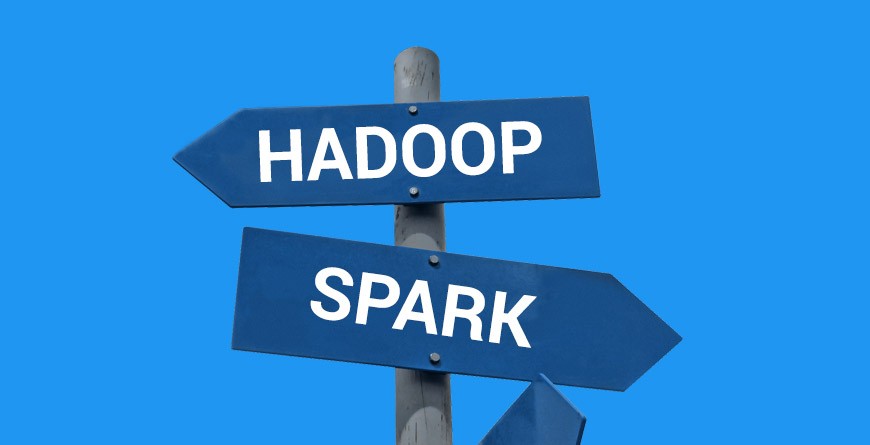
Spark vs Hadoop
When it comes to big data and technology, you may have heard two terms debated over Spark vs Hadoop. There are plenty of people comparing them to determine the best option for their needs. Here’s all you need to know about the difference between Hadoop and Spark.
Hadoop for Distributing Data
While both are big data frameworks, they work in very different ways. Hadoop is mostly for distributing data across nodes within a server. There’s no need to use custom hardware, which helps to keep your running costs down for business.
While storing data, it will index and track. Processing and tracking the analytics is far easier and more effective than any other form. You will need MapReduce to be able to process the information.
Spark for Data Processing
While Hadoop distributes, Spark will collect and process the data. The information doesn’t move into the storage center. To be able to store information without the use of Hadoop, you will need to invest in an integrated system. However, it will cost more money.
While there is a big difference between Hadoop and Spark, this is purposely done and it’s more useful to compare Spark to MapReduce than Spark to Hadoop. The two systems were designed to work with one another. While Hadoop offers MapReduce for processing information, Spark is faster and more reliant. MapReduce will need to go through individual steps, while Spark does it all in one go.
The two systems do very different tasks. They’re designed to work together to create the perfect data processing and storage center for all your needs.
To learn more about hadoop and spark, select from a list of online hadoop training courses and understand big data and hadoop better.



